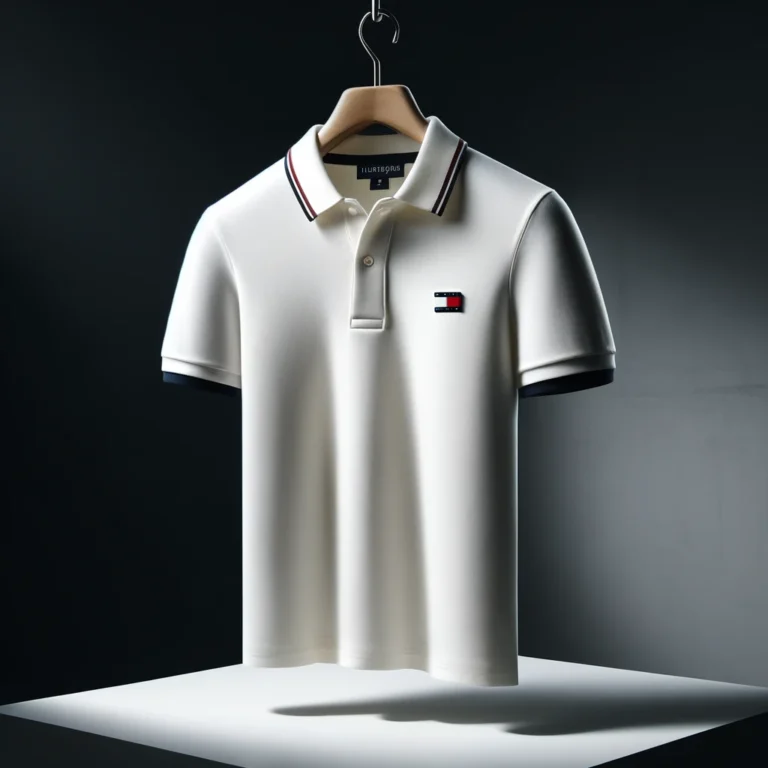Founding and Early Years
Tommy Hilfiger, the designer and the brand, has a story rooted in ambition and innovation. Born in 1951 in Elmira, New York, Tommy Hilfiger began his fashion career with a store called “People’s Place” in 1969. The store sold trendy items like bell-bottoms and records, catering to the counterculture youth. However, by 1977, economic downturns forced Hilfiger to declare bankruptcy, closing all seven of his stores.
The Birth of a Brand
In 1984, after a period of freelance design work, Hilfiger was approached by Mohan Murjani, a prominent figure in the textile industry, who offered to back his own men’s sportswear line. This collaboration led to the creation of the Tommy Hilfiger brand, which debuted in 1985 with a bold marketing campaign in Times Square, New York. The campaign featured a large billboard that didn’t show clothes but introduced Hilfiger as the next big name in American fashion, setting the stage for the brand’s rapid rise.
Rise to Prominence
The 1990s were transformative for Tommy Hilfiger. The brand became synonymous with “classic American cool” style, blending preppy fashion with a modern twist. The company went public in 1992, and by the mid-1990s, Tommy Hilfiger had become a global sensation. The brand’s high-profile endorsements and sponsorships of music tours, including those of artists like Britney Spears and Lenny Kravitz, cemented its status in both the fashion and music industries.
Hilfiger’s collections appealed to a diverse audience, gaining popularity in the hip-hop community. Iconic figures like Aaliyah and Snoop Dogg were often seen sporting Hilfiger’s designs, which helped the brand maintain its cool, youthful image.
Challenges and Restructuring
Despite its success, Tommy Hilfiger faced challenges in the early 2000s, with declining sales and shifting fashion trends. In response, the company restructured and re-focused on its core products. In 2006, the company was sold to Apax Partners for $1.6 billion. This acquisition allowed for a strategic overhaul, emphasizing quality and exclusivity.
Modern Era and Global Expansion
In 2010, PVH Corp. (Phillips-Van Heusen) acquired Tommy Hilfiger for $3 billion. Under PVH, the brand continued to expand globally and innovate. Tommy Hilfiger launched a digital sales showroom in 2015, revolutionizing the buying process for retailers. The brand has also made significant strides in sustainability, pledging to ban the use of exotic animal skins in its collections.
Today, Tommy Hilfiger remains a major player in the fashion industry, known for its versatile product lines that include menswear, womenswear, kids’ apparel, accessories, and home furnishings. The brand continues to celebrate its legacy while embracing modern trends, maintaining its position as a staple of American fashion.
Tommy Hilfiger’s journey from a small-town entrepreneur to a global fashion icon exemplifies resilience and innovation. The brand’s ability to adapt to changing trends and maintain its classic appeal has ensured its longevity and relevance in the competitive world of fashion.

